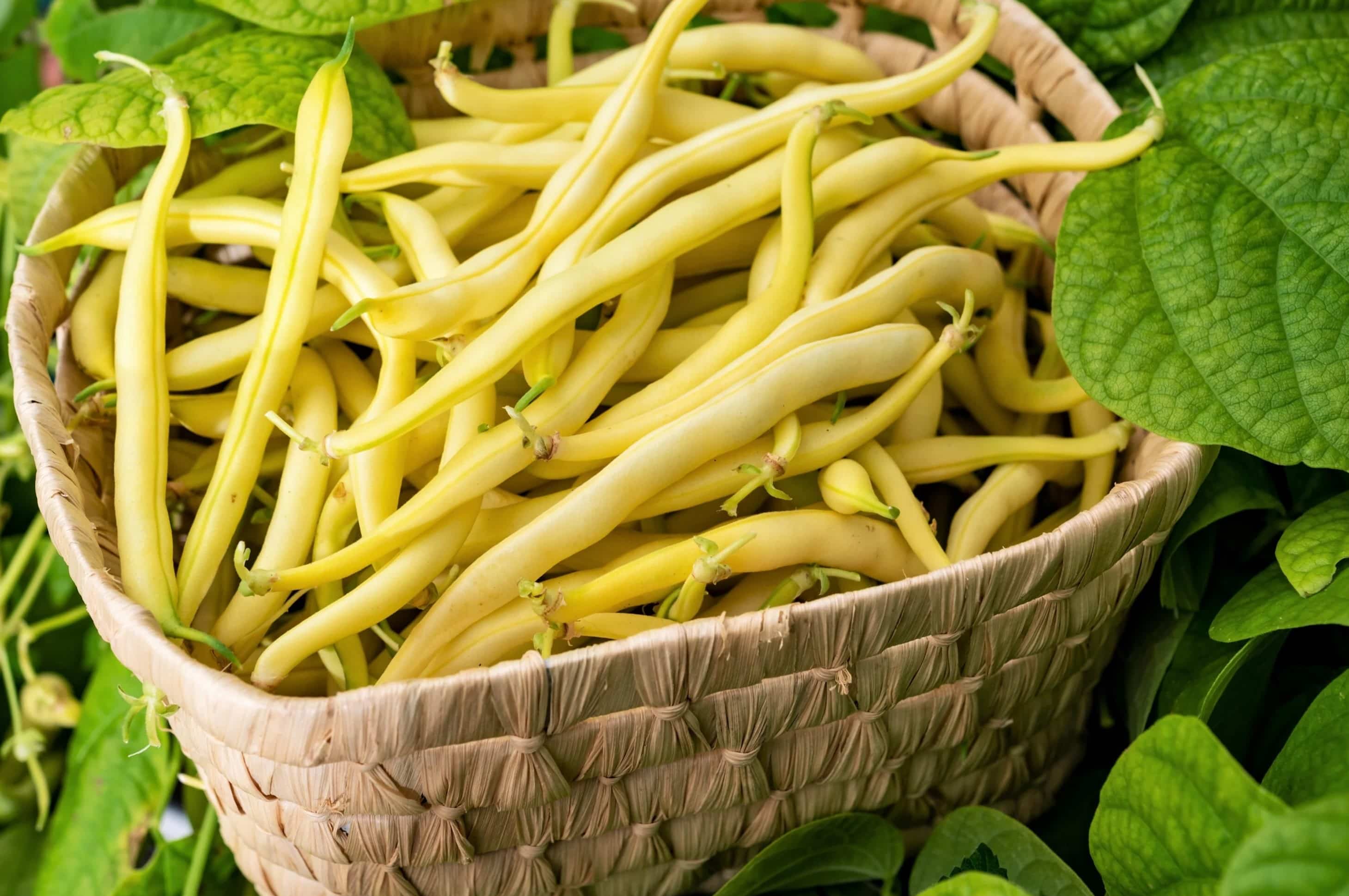
Yellow beans might not be as famous as their green cousins, but they pack a punch in both flavor and nutrition. Ever wondered what makes these golden legumes special? Yellow beans are not just a colorful addition to your plate; they offer a range of health benefits that might surprise you. From boosting your immune system to aiding digestion, these beans are a powerhouse of nutrients. Plus, they’re incredibly versatile in the kitchen. Whether you’re a seasoned chef or a cooking newbie, incorporating yellow beans into your meals can be both fun and rewarding. Ready to learn more? Let’s dive into 20 fascinating facts about yellow beans!
Key Takeaways:
- Yellow beans, also known as wax beans, are vibrant and nutritious legumes. They lack chlorophyll, making them golden in color and rich in vitamins A and C for healthy skin and a strong immune system.
- Versatile in the kitchen, yellow beans can be steamed, added to salads, sautéed, pickled, or used in soups and stews. They are also relatively easy to grow, thriving in warm weather and requiring regular watering.
What Are Yellow Beans?
Yellow beans, also known as wax beans, are a type of legume that stands out due to their vibrant color and unique taste. They are a popular ingredient in many dishes around the world. Let's dive into some fascinating facts about these golden legumes.
-
Yellow beans are a variety of green beans but lack chlorophyll, giving them their distinct color.
-
They are rich in vitamins A and C, which are essential for maintaining healthy skin and a strong immune system.
-
Yellow beans contain dietary fiber, aiding digestion and promoting gut health.
-
These beans are low in calories, making them an excellent choice for weight management.
-
They are a good source of folate, important for cell growth and metabolism.
Nutritional Benefits of Yellow Beans
Yellow beans are not just tasty; they pack a nutritional punch. Here are some key benefits that make them a healthy addition to your diet.
-
They provide a good amount of iron, which helps in the production of red blood cells.
-
Yellow beans are high in antioxidants, which help protect the body from free radicals.
-
They contain potassium, which is crucial for heart health and maintaining proper muscle function.
-
These beans are a source of manganese, important for bone health and metabolism.
-
They are also rich in magnesium, which supports muscle and nerve function.
Culinary Uses of Yellow Beans
Yellow beans are versatile in the kitchen. They can be used in various dishes, adding both flavor and nutrition.
-
They can be steamed and served as a side dish, retaining their crunch and nutrients.
-
Yellow beans are great in salads, adding a pop of color and texture.
-
They can be sautéed with garlic and olive oil for a simple yet delicious dish.
-
These beans can be pickled, offering a tangy snack or condiment.
-
They are often used in soups and stews, providing a hearty and nutritious component.
Growing Yellow Beans
Interested in growing your own yellow beans? Here are some facts about cultivating these vibrant legumes.
-
Yellow beans thrive in warm weather and need plenty of sunlight.
-
They require well-drained soil and regular watering to grow properly.
-
These beans can be grown in containers, making them suitable for small spaces.
-
They typically take about 50-60 days from planting to harvest.
-
Yellow beans are relatively pest-resistant, making them easier to grow compared to other vegetables.
Final Thoughts on Yellow Beans
Yellow beans aren't just a tasty addition to your meals; they're packed with nutrients. These beans are rich in vitamins A and C, which help boost your immune system. They also contain fiber, aiding digestion and keeping you full longer. Plus, they're low in calories, making them a great choice for anyone watching their weight.
Growing yellow beans in your garden is pretty easy too. They thrive in warm weather and need well-drained soil. Just plant the seeds after the last frost, water them regularly, and you'll have fresh beans in no time.
Whether you enjoy them steamed, sautéed, or in a salad, yellow beans add color and nutrition to your plate. So next time you're at the grocery store or planning your garden, don't overlook these little powerhouses. They're a small change that can make a big difference in your diet.
Frequently Asked Questions
Was this page helpful?
Our commitment to delivering trustworthy and engaging content is at the heart of what we do. Each fact on our site is contributed by real users like you, bringing a wealth of diverse insights and information. To ensure the highest standards of accuracy and reliability, our dedicated editors meticulously review each submission. This process guarantees that the facts we share are not only fascinating but also credible. Trust in our commitment to quality and authenticity as you explore and learn with us.


